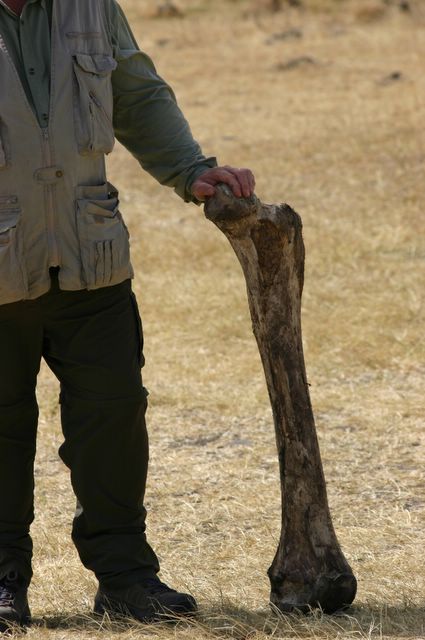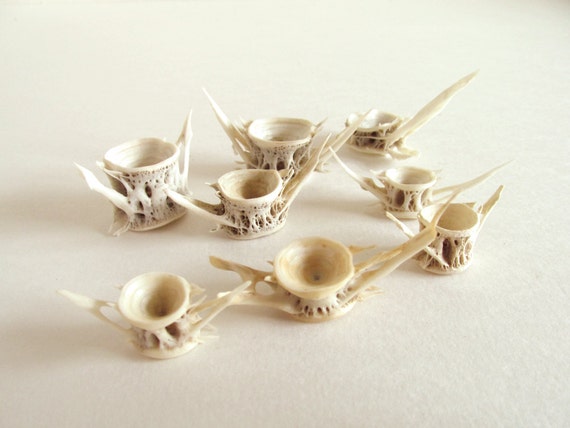How to be a Heritage Monitoring Scout: Identifying Animal Bones
Archaeologists frequently
come across bones in the field. Where there are people, there is usually an
array of animal remains. Use of the remains varies from food waste to tools or
even decorations. Classification of the remains found at sites is important as
it can teach us about the population that once lived there. So how does one
identify animal remains?
Some bone remains are easier
to identify than others. Most modern carnivores can identify chicken bones from
seeing them in cooking today. The same can be said of pig or cow ribs. Human
and nonhuman mammal bones often have a similar morphology, so having a basic
knowledge of your own bones can actually help you ID bones. Take for example
this bone.
This bone is a femur, an
easily recognizable bone that looks very similar to one you would find in a
human. However this femur is obviously much bigger than what would be seen in a
human. This femur belongs to a hippo. However compared with a human femur seen
below, you can notice the obvious shape similarities.
Knowing what human bones look
like can also help to ID nonmammal remains. For example this picture of fish
vertebrae, which look some what similar to human vertebrae.
We can easily know that these
remains are vertebrae just from common anatomical knowledge of our own bodies.
Other classifications can be
applied to animal remains. For example, quadrupeds forelimbs and hindlimbs are
roughly the same length. In bipedal humans however our legs are clearly longer
than our arms. When dealing with more complete skeletons, this knowledge can be
helpful in comparing different bones.
| Deer Skeleton |
Differences can also be an
easy way to identify animal remains. Bird bones for example are very
lightweight and hollow. This contrasts greatly to the thick and heavy bones of
mammals. The picture below shows a cross section of both these bones for comparison.
Fish bones are delicate, like
bird bones however they have some easily identifiable differences. Fish bones
can have a translucent appearances to them, while bird bones are glossy, but
not translucent. The picture below is a great example of the translucent look
fish bones can have.
-->
So why is the identity of animal
bones important? Animal bones can tell us about the diet of a population as
well as what local resources were being used. Finding fish bones shows that
people were utilizing fishing technologies, while finding terrestrial animals
suggests other hunting techniques. Animal bones are an important and common
part of the archaeological record. Analysis of them is important for
archaeologists to understand the people of the past.
Written by, FPAN staff Megan Liebold
Picture Sources:



